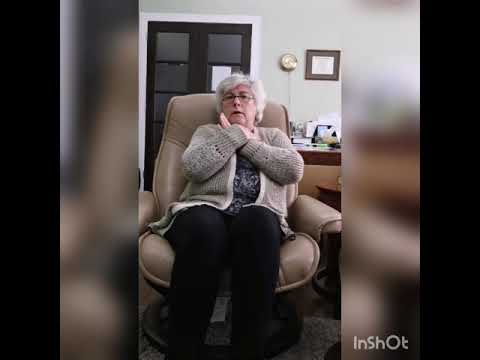All About Trauma Often when we think about trauma, we think about the types of events and situations that might end up on the news: war, violence, abuse and other catastrophic events. Many of our clients have said something to the effect of, “I don’t know why I’m having these trauma symptoms, I’m not a veteran, I haven’t been in combat. There must be something wrong with me that I’m feeling this way”. While PTSD and post-trauma symptoms can occur in the situations mentioned above, trauma can be experienced in so many other ways. What is trauma anyway? Trauma refers to any experience that has contributed to dysfunction. Some people can experience a traumatic event and not have long-lasting effects from the trauma, but others can be very impacted. Why is that? In the best of conditions, when a traumatic event happens, we have the necessary internal and external resources to make sense of the event at a psychological, emotional, and physical level. We are able to experience emotions and move through body responses. Finally, any information about the event is properly organized in the brain and we are able to maintain positive feelings and beliefs about ourselves. However, life happens and we’re not always living in the best of conditions. In this case, trauma isn’t able to be properly processed and it stays “unhealed” leading to dysfunction. We develop what we call “maladaptive” beliefs (for example, I’m not good enough) in response to the traumatic experience which impacts our self-esteem. Feelings, thoughts and images of the event feel stuck and are often reexperienced and triggered. All of this may feel so painful, that our brains try to manage the pain through avoidance or numbing. Make no mistake, people who are impacted by a traumatic event are not weak. It takes a lot of strength and mental energy to cope, deal, and treat trauma. Big T, little t A “Big T” trauma refers to the examples given at the beginning of this article: violence, abuse, natural disasters, and other catastrophic events. But we can also experience “little t” traumas: divorce, bullying, infidelity, and impacts of discrimination and racism, to name a few. Oftentimes with “little t” traumas, it is the accumulation of traumatic events that lead to an increase in distress and dysfunction. For example, a single incidence of bullying vs. chronic bullying. Both are upsetting and can leave an impact. However, multiple “little t” traumas can have as big of an impact as a “Big T” trauma, and for that reason, should not be ignored. We hope you found this information helpful. Next week, we’ll be sharing more about the impacts of “little t” traumas and why unresolved traumatic experiences are behind so many of the issues we experience.



